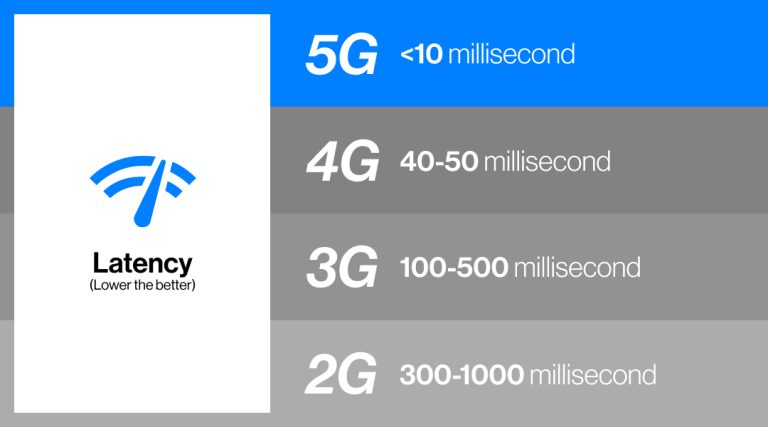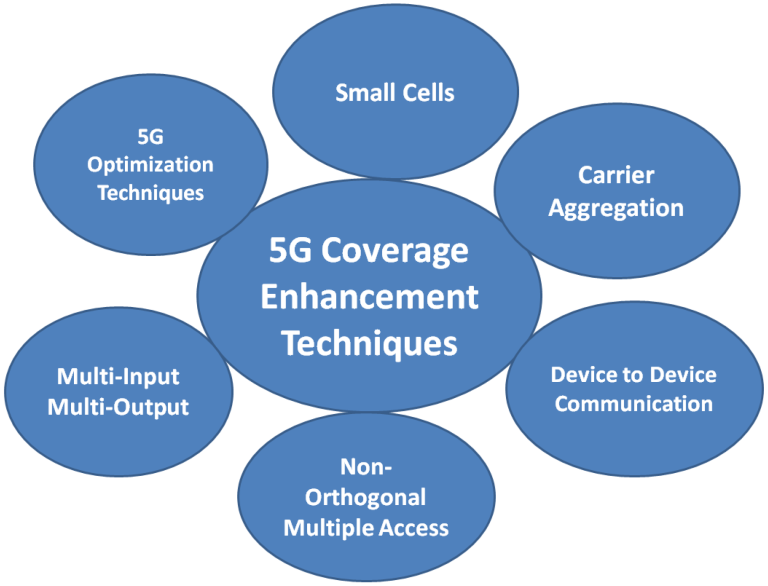CBRS: Enabling Private LTE and 5G in Shared Spectrum
telcomatraining.com – The rapid evolution of wireless communication has created an urgent need for flexible and secure network infrastructure. Citizens Broadband Radio Service (CBRS) is a revolutionary solution addressing this need by enabling private LTE and 5G networks using shared spectrum. CBRS is transforming enterprise wireless connectivity by offering cost-effective, high-performance, and customizable alternatives to traditional cellular and Wi-Fi solutions.
What is CBRS?
CBRS refers to the 3.5 GHz band (3550 MHz to 3700 MHz) in the United States that the Federal Communications Commission (FCC) has opened for shared wireless use. This band was previously reserved for military and satellite operations. However, in a groundbreaking move, the FCC established a three-tiered spectrum access model: Incumbent Access, Priority Access License (PAL), and General Authorized Access (GAA).
- Incumbent Access: Reserved for existing users, such as the U.S. Navy.
- Priority Access License (PAL): Allocated to organizations through an auction for more predictable usage.
- General Authorized Access (GAA): Available to anyone on a secondary, opportunistic basis.
This tiered approach ensures fair access while protecting incumbent users, making CBRS ideal for both public and private deployments.
Why CBRS for Private LTE and 5G?
CBRS empowers businesses to deploy their own LTE or 5G networks without relying solely on mobile network operators (MNOs). This private model offers several advantages:
- Cost Savings
Traditional mobile networks require expensive spectrum licenses and infrastructure investments. CBRS allows organizations to leverage licensed-quality spectrum at a fraction of the cost. - Customizable Networks
Companies can design networks tailored to their specific needs, including coverage, performance, and security. - Enhanced Security and Control
Private CBRS networks give organizations full control over their data and network operations, significantly enhancing privacy and reducing exposure to external threats. - Low Latency and High Throughput
CBRS supports ultra-reliable, low-latency communication necessary for industrial IoT, smart manufacturing, and autonomous systems.
Applications of CBRS in Private Networks
CBRS is rapidly being adopted across industries, including:
- Manufacturing: Smart factories use CBRS-based private LTE/5G to connect machines, robots, and sensors with ultra-low latency.
- Healthcare: Hospitals deploy CBRS networks for secure, high-speed connectivity supporting patient monitoring, telemedicine, and staff communications.
- Education: Schools and universities use CBRS to create campus-wide networks that support hybrid learning and secure access to resources.
- Hospitality: Hotels and resorts deploy private LTE networks for seamless guest experiences and smart building management.
- Warehousing and Logistics: Private CBRS networks support autonomous guided vehicles (AGVs), inventory tracking, and real-time analytics.
CBRS vs. Wi-Fi and Traditional Cellular
While Wi-Fi is widely used for wireless access, it has limitations in terms of security, interference, and range. On the other hand, traditional cellular networks offer better performance but come with higher costs and less control. CBRS bridges this gap by delivering cellular-grade performance with the affordability and flexibility of a Wi-Fi-like deployment model.
The Role of SAS in CBRS
To manage spectrum usage and avoid interference, CBRS relies on a Spectrum Access System (SAS). The SAS dynamically assigns frequencies based on availability and priority, ensuring efficient spectrum utilization. This intelligent coordination is essential for maintaining quality of service (QoS) in shared spectrum environments.
Future Outlook
As the demand for digital transformation and Industry 4.0 accelerates, CBRS is set to play a pivotal role in enabling next-generation wireless infrastructure. With the growing availability of CBRS-compatible devices and 5G-ready equipment, enterprises are well-positioned to take advantage of this powerful technology.
Conclusion
CBRS is a game-changer in the wireless communication landscape, offering a practical and scalable path to private LTE and 5G networks. By leveraging shared spectrum intelligently, organizations can unlock new levels of connectivity, innovation, and control. Whether for a smart factory, a hospital, or a campus, CBRS opens the door to secure, high-performance wireless solutions that were previously out of reach.







